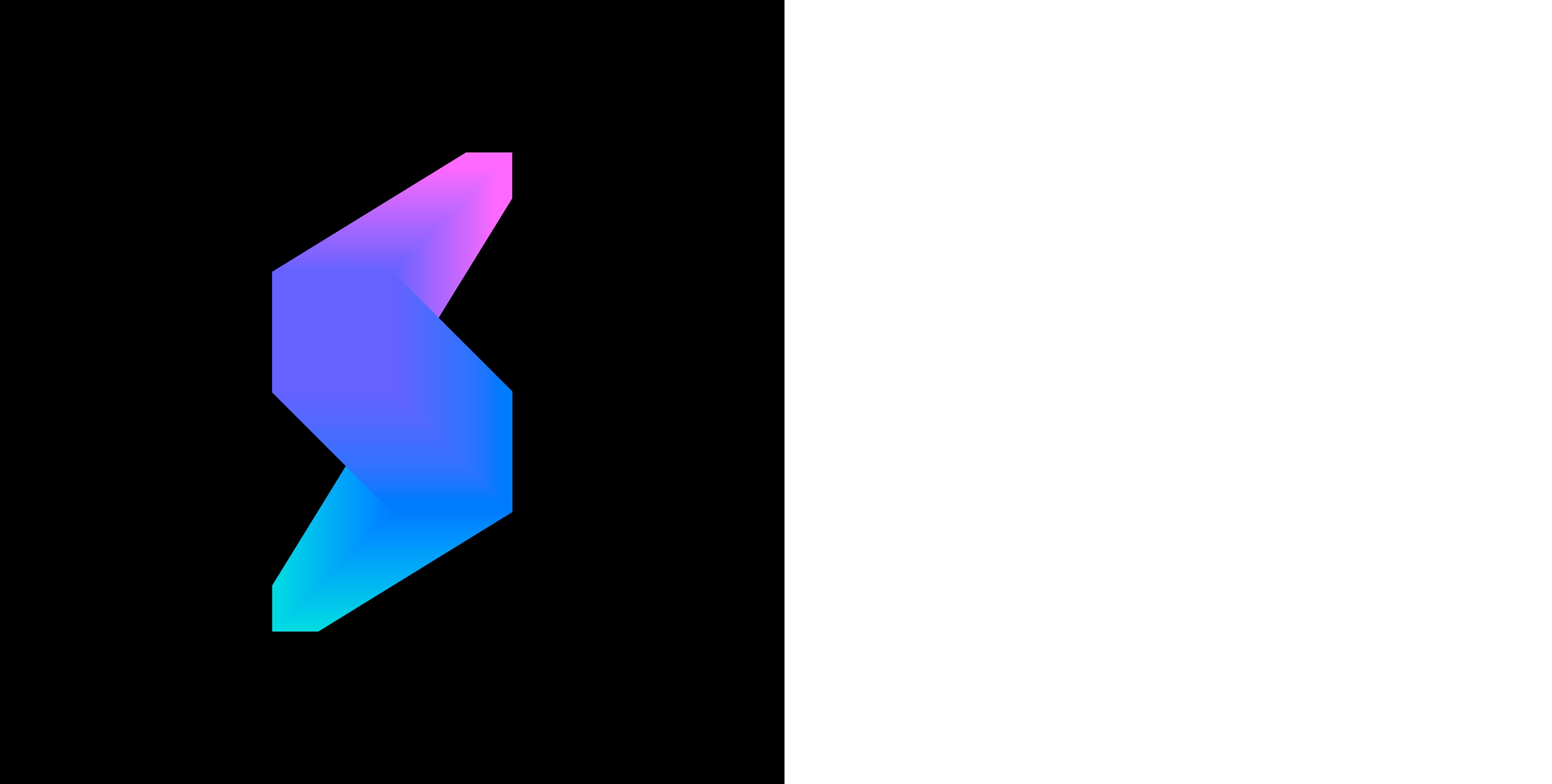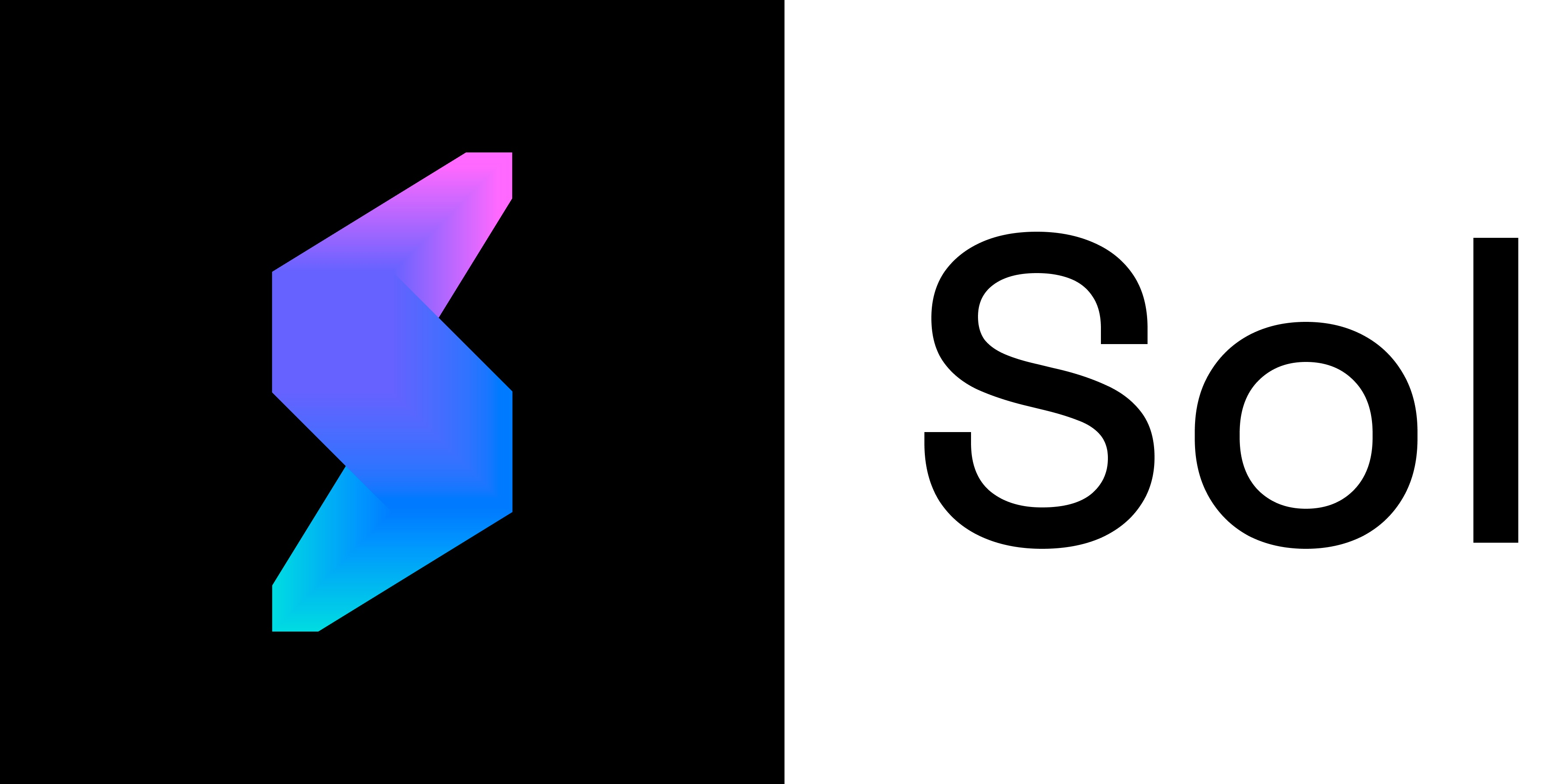Not only do you determine what learning paths you will travel, and who gets to see it and when, but you determine how the territory itself is mapped. With our suite of mapmaking tools, you create your own trees of knowledge, experiences, and action, represented in any way you wish. You establish what it is you know at different levels within your own mental models, as well as what you know experientially through action in the world. We also give you access to public maps where your maps might begin to interact with maps not only from your networks but from the entire human community.
It is the learner – not the institution -not the instructor who determines the learning path. With each learning path, one might ask, “Do I have the right mentors, the right community, the right knowledge, activities, and the right inward capacities to where I need to go? Of course, the learner is not on their own, but a vast network of teachers and mentors serve as aides to the learner on her/his unique developmental path. In the beginning, the learner might create the path, but at the same time each user will map their own learning assets to chart their growth in knowledge, skills, abilities, talents, dispositions often tied to his or her vocation. In addition to learning resources and experiences, their assets might include a community of one other, two others, or even a network of a hundred or tens of thousands. Whether it be people, paths, networks, or resources, Sol provides the overall platform for transformation at personal and societal levels.
Are you a learner who needs synchronous learning, let’s say a live class experience, or are you one who thrives in an asynchronous forum-based learning? Do you prefer heavy interaction with a teacher or guide, or perhaps you prefer self-paced learning modules? Perhaps you need ad-hoc learning spaces, or one-time learning events. That will work as well. From our self-assessment tools, you might realize that you would thrive with a learning mix – something like 70% individualized learning with maybe 20% time with guides and 10% of your time in formal classes. That works too. You may also set start and stop times for your own learning so that teachers, mentors, and peers know when you are set to learn and when you are not pursuing new learning paths.
Sol is designed to work with your own unique learning style and preferences. And you can mix and match – perhaps one learning path you require a lot of hand-holding while on another you simply need a little brushing up to bring you up to date in a familiar field of inquiry.
After the completion of each particular path, you might start all over again. The learner will choose the mentors, teachers, communities, networks, and resources to get him or her from the beginning of this new journey to the next. Not only is their learning community there to help design and create the journey, but your networks are there every step to support along the way.
Sol goes beyond the classroom. The classroom, either Fface-to-face or virtual, the classroom might imply that learning primarily happens in formal contexts and thus the rest of life is bereft of learning. Sol creates transformational environments that literally have no walls (brick or virtual) – all of life has learning potential and is thus an element for continuous learning. Sol provides a seamless ecology between formal learning, informal learning (through mentors and guides) and “microbursts” of learning on one’s own. In addition, because each learning event has multiple levels to it – Sol gives one the ability to learn from the opportunity, think about it meditatively, or serve one’s neighbors with the same insights. It all works together to transform learner and evolve the world.
Complete enough journeys in particular sphere and you just might shift from complete newbie to mentor. Your learning paths, originally designed for you, may serve as starting points as you begin to venture out and mentor others on their particular life path

